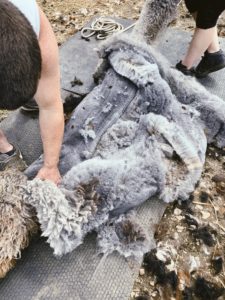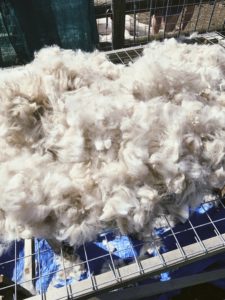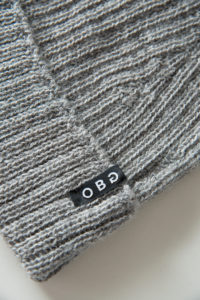Why do you shear Alpacas?
Well that’s it, all packed up after our weekend of shearing this year on our little farm. With only a flock of 19 Hampshire Down Sheep and 9 Alpacas it’s a fairly easy day in the grand scheme of things. However we still feel the rush and longs days as much as the super farms.
Shearing sheep as we all know has been big business for farmers who supplying wool to the many branches of the fashion market to be made into woollen garments and wool for knitting, I’m sure most of you have something in your cupboard that is made from wool. There’s lambs wool, the first shearing of a Sheep. Merino wool taken from the Marino Sheep and Mohair from the Mohair breed of Sheep. These are the most famous types of Sheep’s Wool that we see on the market today in many forms.
How can you tell which is the best?
An animals fleece is measured in Microns. Microns or Micrometres is the equivalent of 0.001mm and is how we measure the individual strands of fleece to find finest fibres. Usually any fibres between 10-24 microns are made into clothes.
There is also Cashmere Wool, but this is the hair of a Cashmere Goat, not a Sheep. Cashmere Wool is known for being an expensive, luxury commodity and demands a high price at retail level. Cashmere is the undercoat of the goat and only amounts to approximately ¼ of the whole fleece, one Cashmere goat will yield approximately only 150g of Cashmere which is why it carries such high prices. Cashmere herds can be extremely vast, farmers having to keep a large amount of animals to meet the demand and over time have been quite devastating to the environment with grasslands being decimated in Mongolia, this having a knock on effect to the wildlife… But this is a story for another time.
This brings me onto Alpaca fleece. Yes you can shear an Alpaca and there are so many benefits in doing so! Much like our flock of sheep they have their fleece cut once a year usually in the early to mid-spring. This allows a year for maximum hair growth and that in the winter they have a warm coat and in the summer they can cool off with a fresh trim.
Alpaca wool is super sustainable and an incredible fibre. An Alpacas first fleece can be extremely close to the quality of Cashmere and the best thing about it is that it is soooo much more sustainable and we love it. With a considerably larger animal there is plenty more fleece and all of the fleece can be used in one way or another. Typically the ‘Firsts’ is what is prioritised and sent to milling, this is the barrel of the animal where the fleece is the

longest, the minimum we look for is 4” long. Then there are the ‘seconds’ which is the fleece around the shoulders, the neck up to the head, on a younger animal this may meet the 4” minimum as with age the fleece deteriorates. Finally there is ‘Thirds’ this is any left-over fleece commonly from the legs and around the rear of the animal and the shortest fibre. It’s as stress free and comfortable as possible for the Alpaca, they are laid out on the floor in a comfortable position with their legs secured as not to cause harm to themselves of the shearer and in three sections the fleece is removed.

Once handed over the fleece is laid out on a mesh table ready for skirting. Skirting is the first process after shearing that prepares the fleece for milling. When skirting we are looking to remove any organic material embedded in the fleece, this could be leaves, grass, hay and so on. We are also looking at the length of the fleece and making sure we send only the best bits to the mill. We skirt all of the wool as we try not to waste any. The longest parts of the seconds goes in with the firsts for milling and the remaining fleece is hand washed ready to become pillow stuffing or it makes its way into the craft market as felt.
Alpaca fleece is increasingly becoming more popular across the industry because of its sustainability and its beautiful finish when made into garments.
All of our Alpaca wool goes into OBG products, all naturally sourced and coloured, no dyeing takes place. If you want to purchase your very first Alpaca wool product or want another to add to your collection head over to our website for more details and to view our ranges. Alternatively visit us on Instagram or Facebook to keep up to date with all things farm and Alpaca!
Team OBG


